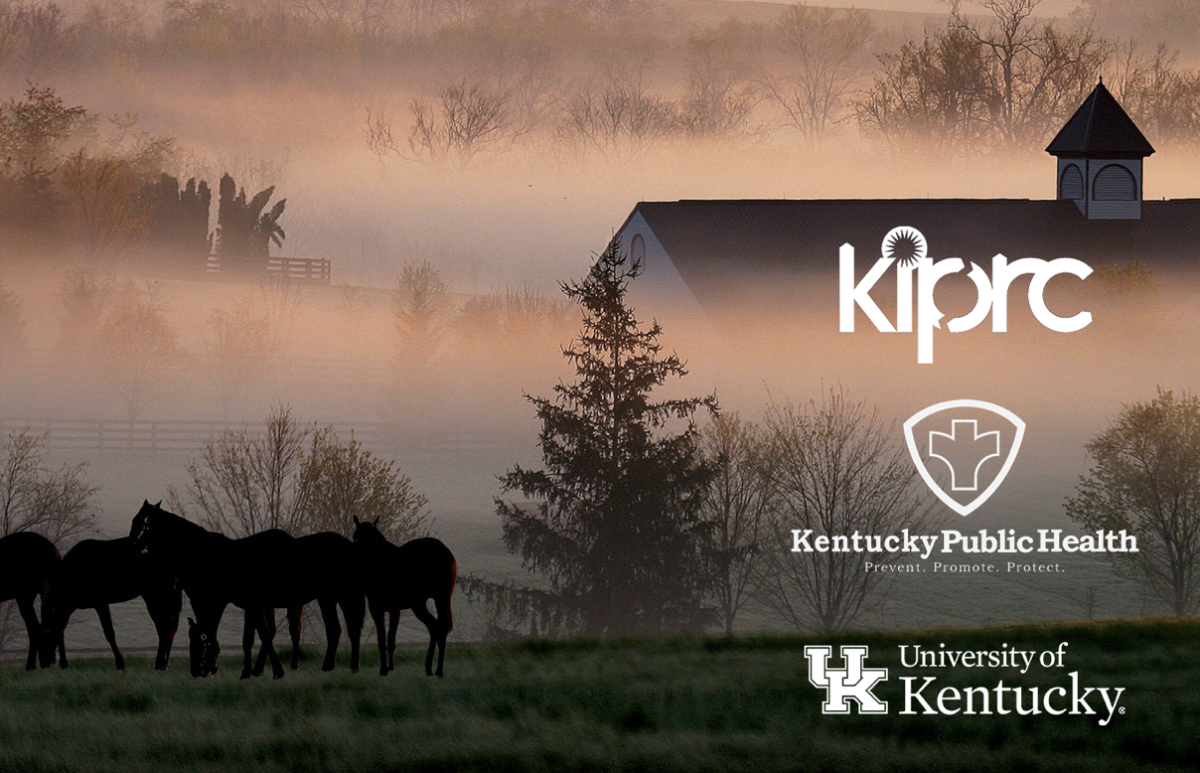Surveillance
The Southeast Center collaborates with several other NIOSH funded Agricultural Safety and Health Centers (CS-CASH and Northeast Center) on surveillance projects that involve mining a variety of data sources to document the types, situations and numbers of incidents of agricultural injury and fatality. Accurate statistics are often difficult to ascertain as agricultural injuries and fatalities are often not reported as such or are embedded in other occupational injury or fatality categories. For example, a collision between a tractor and motor vehicle on a rural roadway may be reported only as a traffic accident or a hospital emergency room report of a traumatic brain injury (TBI) resulting from a fall from a horse may not include the precipitating incident context.
Tracking agricultural injuries and fatalities
Accurate statistics are often difficult to ascertain as agricultural injuries and fatalities are often not reported as such or are embedded in other occupational injury or fatality categories. For example, a collision between a tractor and motor vehicle on a rural roadway may be reported only as a traffic accident or a hospital emergency room report of a traumatic brain injury (TBI) resulting from a fall from a horse may not include the precipitating incident context.
The SCAHIP’s Surveillance
The SCAHIP relies on data resources from NIOSH (CFOI, NOMS, BLS,NEISS-Work), the Kentucky Injury Prevention and Research Center (NVDRS, Workers Compensation, FACE, trauma registry), the state health department (vital statistics, congenital malformation registry, BRFSS), federal agency resources, and other sources for surveillance. The SCAHIP has continually subscribed to the newspaper clipping service for the southeast region developed by Murray Madsen, most recently using this database for the investigation of injuries to loggers and forestry workers.
The SCAHIP works closely with the Kentucky Injury Prevention and Research Center (KIPRC) and has used the resources of the Occupational Injury Surveillance, the Traumatic Brain Injury database, Workers Compensation, and ESSENCE hospital intake and discharge data (now including self-harm data).

In using what we learn from our research projects, as well as our surveillance and emerging issues program, and our many partnerships, we have a very active, robust Outreach program which we use to translate findings into action to prevent injuries and diseases.
